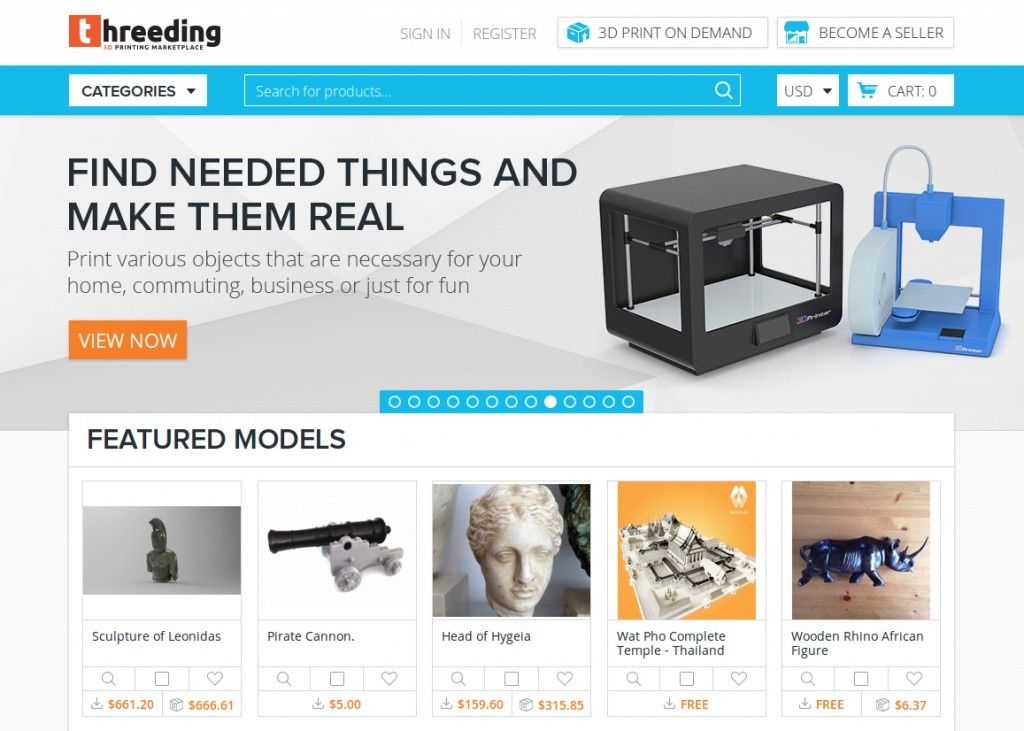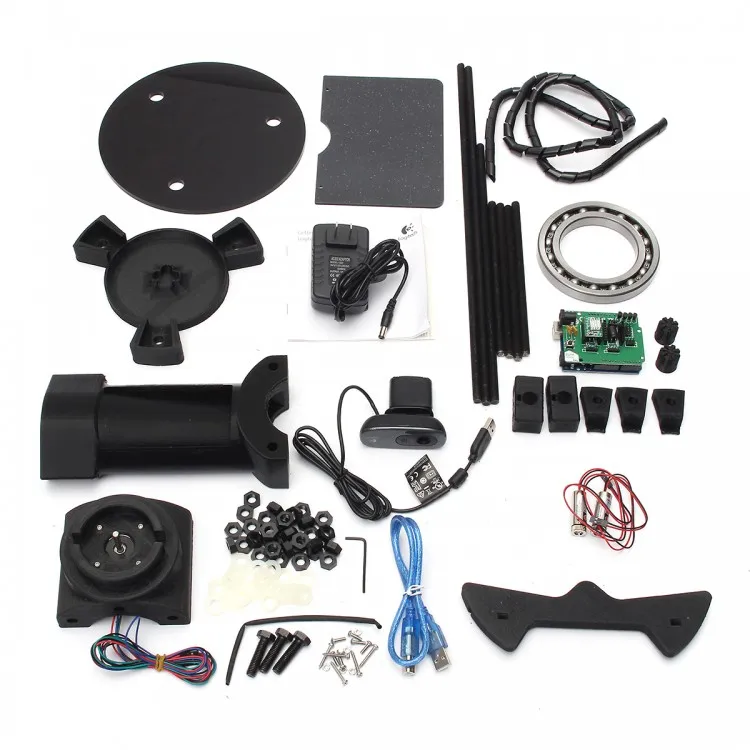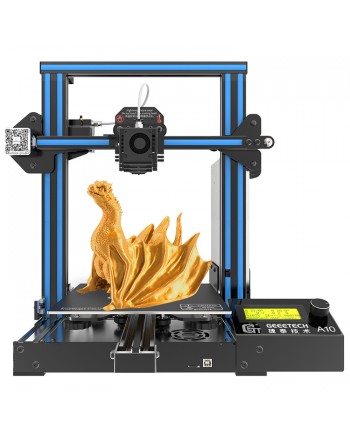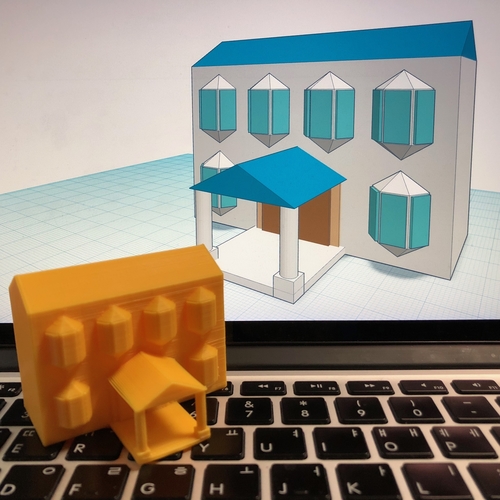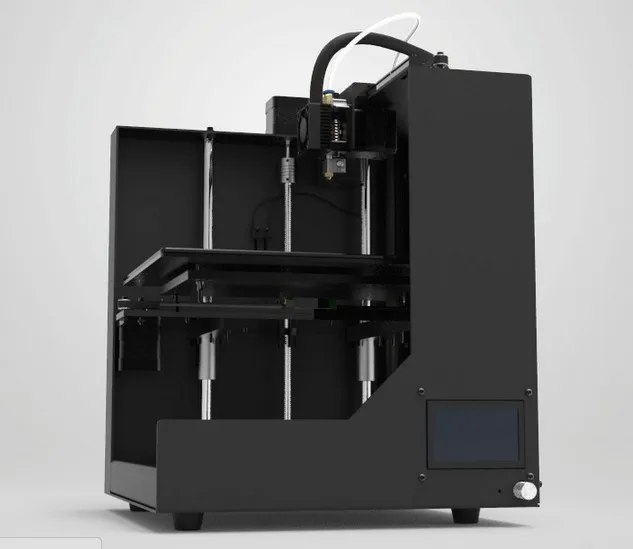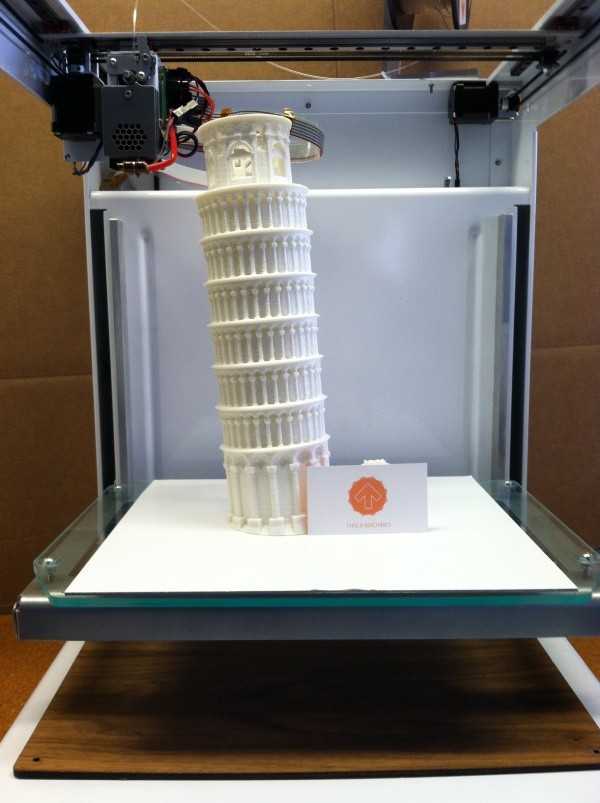Best file for 3d printing
How to choose the best 3D printer file formats?
Posted By Kat Plewa on Oct 17, 2018 |
It this blog post we will talk about the most commonly used 3D printer file formats. As the choices are numerous it is essential for you to know what are your production needs. Are all the 3D file formats printable? And which 3D printer file format is the best for you? Let’s find out.
Choosing the right 3D printer file format is essential as it will decide what information the 3D printer will receive. We will introduce you to the best file formats and explain the features of each one to make it easier for you to prepare the perfect file for 3D printing.
What exactly is a 3D printer file?
A 3D printer file is a way to store information about your 3D model for the 3D printer to read. All 3D printer files contain the data about the shape of your 3D model, their geometry. Some files also present also more details such as color, texture, and materials. There are plenty of choices for 3D printer file formats, just on our online 3D printing service website we accept over 30 different types.
Most of the 3D file formats are printable. However, it’s essential to remember that not all 3D file formats are 3D printer file formats. Generally, 3D files can also store animations or visualizations, which of course can’t be printed. 3D printer file formats are used for Additive Manufacturing purposes only. What else makes them non-printable? Find out with our blog post on that topic. And to find out if your 3D file is well prepared for 3D printing, discover our answers to the top 6 questions on that subject.
You should also make the decision on which 3D printer file format you would like to use as not all the 3D printing software use the same file formats. You might end up finishing the design process of your parts and being unable to save your work in the needed file format. To avoid such a situation, keep on reading and make the best choice for your production.
The best options for 3D printer file formats
The father of all 3D file formats: STL
The STL (Standard Triangle Language or ‘’Standard Tessellation Language’’) 3D printer file format is the very first file for 3D printing. Developed by Chuck Hull in 1987 still serves its purposes after 30 years. It’s the most commonly used 3D printer file format across the globe. It easily became the standard file for 3D printing.
STL file saves your 3D model as a surface of geometrical shapes, turning it into a triangular mesh. However, it can not carry the information about your 3D model’s color or texture. This 3D printer file format assures your model has no holes or overlaps, which is essential for 3D printing. This process is called ‘’tessellation’’ as the 3D model is tiled with geometrical shapes.
It’s essential to keep this process in mind as having too little of those ‘’tiles’’ will affect your 3D print, it might not be as smooth as the 3D model.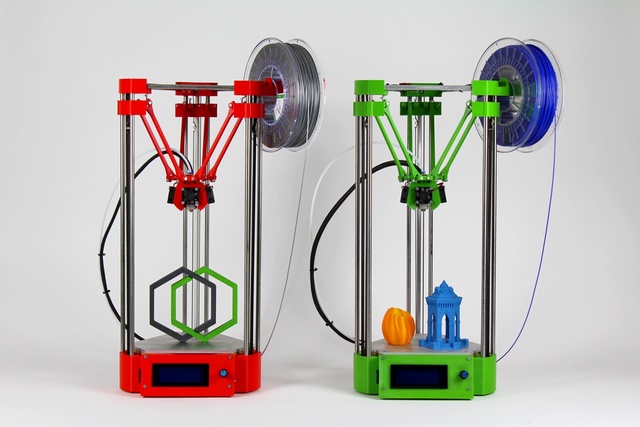 It is related to the STL file resolution, which we dedicated a blog post to.
It is related to the STL file resolution, which we dedicated a blog post to.
This 3D printer file format was very quickly and easily adapted by all the 3D modeling software, slicers, and 3D printers. Some of the software even went as far as giving you the option to not only ‘’save as…’’ but straight ‘’Save .STL’’. STL is the standard file for saving any 3D model to send it for 3D printing.
For all those reasons we highly recommend using STL format. This 3D printer file format might not contain color information, but in most cases, that’s not an issue. You can still choose the color of the material you will 3D print your model with. And for engineering parts or fully functional prototypes color is not the most important part, it’s reliability and that’s what STL will give you.
It might happen that you have some problems with saving your 3D model as an STL. Check out our 6 most common FAQ about fixing STL files. STL format is such a popular and widely used 3D printer file that it has its own range of free editors to edit and repair them.
To provide you with the best online 3D printing service we also have our own several automatic STL file repair tools available to you at any time on our website. All you have to do is to upload your file and you can find there some editors such as hollowing or part thickening. Then we 3D print your parts and send them straight to your door.
If you want to learn even more about this 3D printer file format read up our 9 facts about STL and if you are looking for more specialized information about how you can repair it, follow up on how to fix STL files with Meshlab software.
STL’s biggest competitor: OBJ file format
OBJ (Object) is the second most used 3D printer file format in the 3D printing world. Why, you might wonder? Because it stores the color, material and texture data allowing for multicolor prints. At first, the file format was used for 3D graphics and was later adopted by the Additive Manufacturing industry once the printers developed and became capable of color 3D printing.
OBJ file format also gives the option to choose the way the surface of your object is translated into a 3D printable model. You can use tessellation like with the STL files, but OBJ also gives you more advanced options such as free-form curves and surfaces.
However, there is a reason why STL 3D printer file format is still much more popular than OBJ. The latter one is much more complex and repairing it isn’t as easy. Moreover, to keep the color information OBJ file comes with an MTL file and it can be hard to keep track if transferring both files.
This type of 3D printer files is more used in engineering industries which involve the highest level of precision and accuracy such as aerospace and automotive where a hair-thin difference can break the whole component. The Additive Manufacturing file format is beneficial for very complex designs, however, that also means a much larger file which can again cause problems moving it.
OBJ file format is open source licensed which made it easier to adopt by the software and hardware manufacturers than other multicolor 3D printer file formats such as COLLADA or FBX.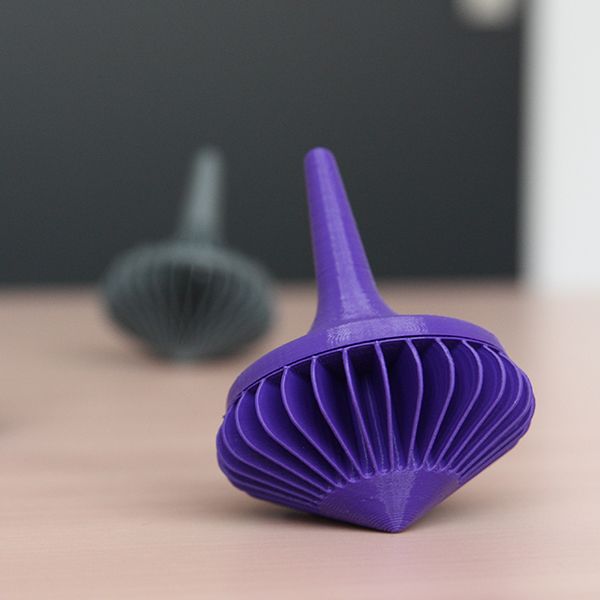 However, at Sculpteo we accept all those file formats for 3D printing.
However, at Sculpteo we accept all those file formats for 3D printing.
At Sculpteo we keep up with the most innovative 3D printing technologies and of course, you can 3D print in full color with us. We provide you with a wide range of 390 000 colors to give your 3D model the most realistic look. Discover the endless 3D printing color technology now!
The meant to be STL 2.0: AMF file format
AMF (Advanced Module File) was first introduced by ASTM in 2013. It is the first 3D printer file dedicated just for the purpose to catch up with the evolving Additive Manufacturing technology. It stores the information about the geometry of your 3D model, color, materials, lattices, duplicates, and orientation.
AMF file works just like STL file turning your 3D model’s surface into a triangular mesh, but the difference is that it allows for the triangles to be curved which gives them more sleek finish. This allows using fewer shapes to describe curves which have an impact on smaller file sizes.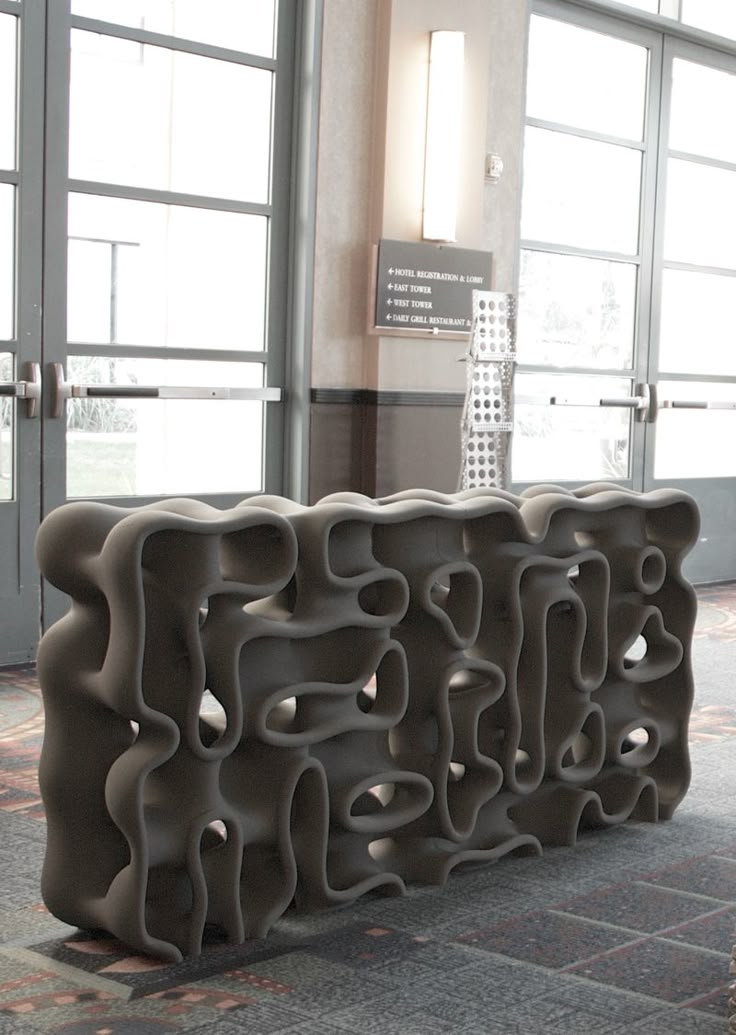
AMF is a good 3D printer file format, but it’s not even nearly as popular as STL format. This causes problems with 3D modeling software, slicers as well as with 3D printing it.
Microsoft development: the 3MF file format
3MF is another file format that was designed just for Additive Manufacturing needs. It was developed by Microsoft and the company really invested in the 3D printer file format: they created a special body called 3MF Consortium to work on the 3MF. The 3MF Consortium gathers the biggest names in 3D printing: Autodesk, Stratasys, Ultimaker, Siemens, HP, or GE.
3MF file format is a native Additive Manufacturing file and consists of all the necessary information: geometries, color, material, textures. It’s open source and parts of the code and even available on GitHub so everyone can contribute. So far, 3MF still hasn’t been as widely adopted as STL file, however, we give you the option to use it with our online 3D printing service.
Start importing your 3D models for 3D printing!
As you can see there are several choices and you need to ask about yourself what’s the purpose of your 3D model. OBJ file will work for highly complex engineering shapes, AMF and 3MF file formats are also good 3D printer file formats, but none of them are as easy and commonly used as STL files.
Once you make up your mind what 3D printer file format to use, don’t waste much time and simply upload your 3D model to our website as we accept over 30 types of files! And if you run into any problems at any stage of your product development process, don’t hesitate to contact us with any questions.
Don’t forget to stay on top of your game with our Newsletter and Facebook news!
4 common types of 3D printer file formats and when to use it
File formats are like the blueprints for printing three-dimensional objects. A 3D printer file is known to be the carrier of information from CAD model to 3D printer. It can encode a 3D model’s appearance, geometry, scene and animations. However, not all 3D printer file formats can carry all kinds of data.
It can encode a 3D model’s appearance, geometry, scene and animations. However, not all 3D printer file formats can carry all kinds of data.
There are several 3D file formats that are used today. These are FBX, 3DS, COLLADA, IGES, STEP and many more. This blog post will introduce 4 3D printer file formats that are commonly used by engineers and designers and when to use it. These file formats are considered as “go-to” formats for 3D printing.
- STL
Nowadays, STL is known to be the most common file format in 3D printing. Ever since its invention in 1987, it has remained to be the de facto standard in the 3D printing industry.
STL (Standard Triangle Language/Standard Tessellation Language) is the first file format developed for 3D printing. Its corresponding file extension is .stl.
STL files save 3D models as surface of geometrical shapes and turn it into a triangular mesh. But, it cannot display information about the model’s colour or texture.
STL file format is used by some designers because of its flexibility and popularity. Almost any piece of software and hardware supports this file format. This means that you can use your favourite CAD programs, repair tools and slicers without any problems.
STL file format is also used when the 3D model requires a single type of colour. If you want to be able to download plenty of ready-to-use 3D models, then use STL file format.
- OBJ
OBJ (Wavefront OBJect) is a 3D printer file format that was originally used by graphics designers as a neutral interchange format for 3D graphics. It was first developed by Wavefront Technologies for its animation package. This file format has the extension .obj.
Unlike STL, OBJ can encode colour and texture information, it also supports both approximate and precise encoding of surface geometry. This means that it doesn’t restrict its surface mesh to triangular facets.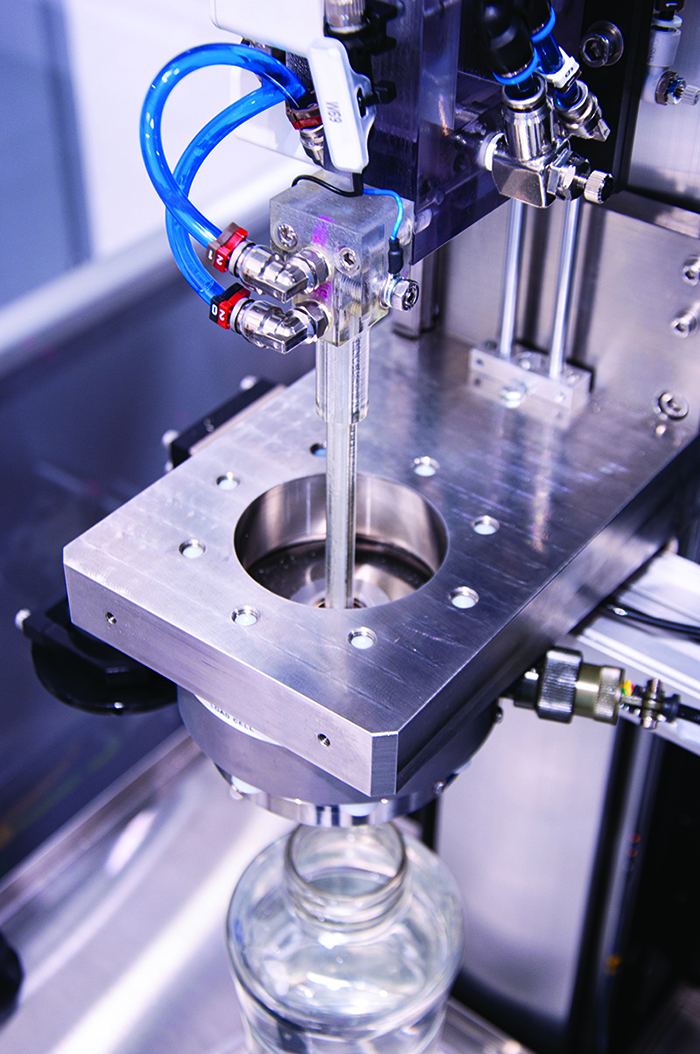 The designer can also use polygons such as quadrilaterals. However, OBJ doesn’t support any kind of animation.
The designer can also use polygons such as quadrilaterals. However, OBJ doesn’t support any kind of animation.
OBJ is often used when the 3D object requires more than one colour. It is also the choice of some developers because it offers a lot of flexibility on how it encodes the 3D model’s geometry.
Aside from that, with OBJ, the designer can use more advanced schemes such as free-form curves and free-form surfaces. These schemes can be used to encode curved geometry without losing any data.
This file format is also widely used in industries such as aerospace and automotive which are demanding when it comes to precision.
- AMF
AMF was introduced in 2011 as a replacement for STL file format and then was called “STL 2.0”. AMF was developed to address the shortcomings of STL format. Some issues that STL has includes bloated, error-prone, incapable of storing colour, material and texture information.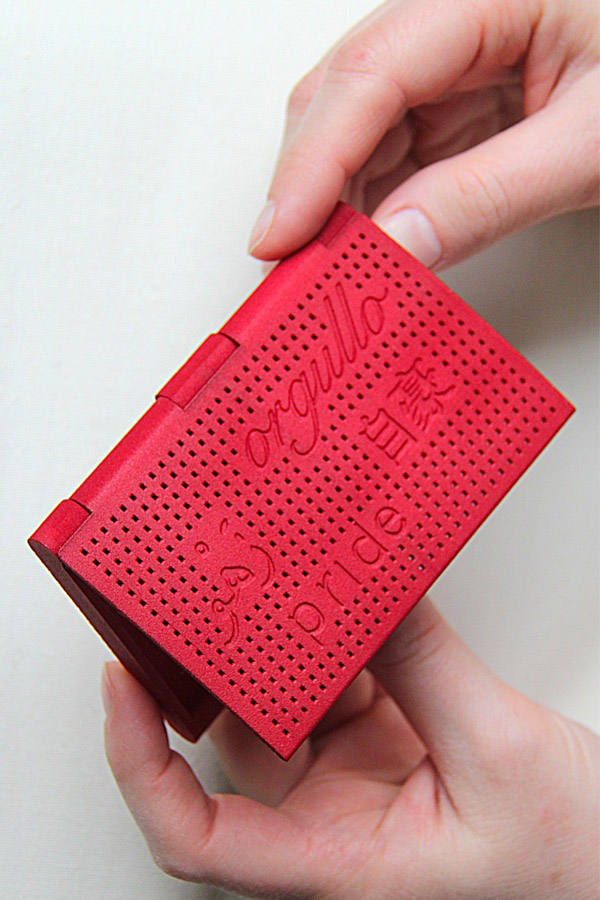
AMF is an XML-based format that has native support for geometry, lattices, scales, duplicates and orientation. Thus, it is a superior format for STL file.
Unfortunately, the 3D printing industry has been slightly slow to adopt this format in spite of its technical advantage.
When to use AMF?AFM 3D file format is used if a 3D model requires precision, multiple materials and multi-colours all at once. This format will ensure that the file will be easy to read, write and process.
Furthermore, aside from planar straight triangles, AMF allows curved triangles. In this way, you can easily describe a curved surface without the use of many facets.
- 3MF
As 3D printing industry advances, developers are trying to look for solutions to some of the notable problems with STL. Thus, Microsoft, along with other big companies such as Autodesk, 3D Systems, EOS, Stratasys, Ultimaker, etc. developed 3MF 3D printer file. It has the goal of creating a seamless and high-quality 3D printing experience for consumers and manufacturers.
developed 3MF 3D printer file. It has the goal of creating a seamless and high-quality 3D printing experience for consumers and manufacturers.
3MF features a geometry representation similar to STL but more compact than AMF 3D printer file format. However, 3MF is relatively new to the manufacturing industry. It still lacks more industry recognition.
When to use 3MF?3MF is often used by designers who want to avoid frustrations related to print failures, bad geometry, etc. 3MF file format can also handle 3D models that use different colours and materials. Thus, it can be used for complicated 3D printing projects.
3MF file format is trying to resolve all issues from other 3D printer file format and bring it together in a single file. Hence, it is considered as an ideal format for the future of 3D printing.
ConclusionThere are a lot of 3D file formats that are used by 3D printing designers today. But STL, OBJ, AMF, and 3MF are the most important among all of them. They have their own strengths and varies in their levels of compatibility with software and hardware.
They have their own strengths and varies in their levels of compatibility with software and hardware.
It is vital to understand and know the key differences between these 3D printer file formats. Your choice of 3d file format can greatly affect the production efficiency, 3D printing toolchain and the quality of 3D prints.
If you have more questions or want to learn more about 3D printing-related topics, cooperate with a 3D printing service provider in Sydney. Aside from that, they can offer services such as 3D design modelling, industrial 3D printing and many more.
8 most common 3D file formats
3DPrintStory 3D printing process 8 most common 3D file formats
There are different formats for storing information about 3D models.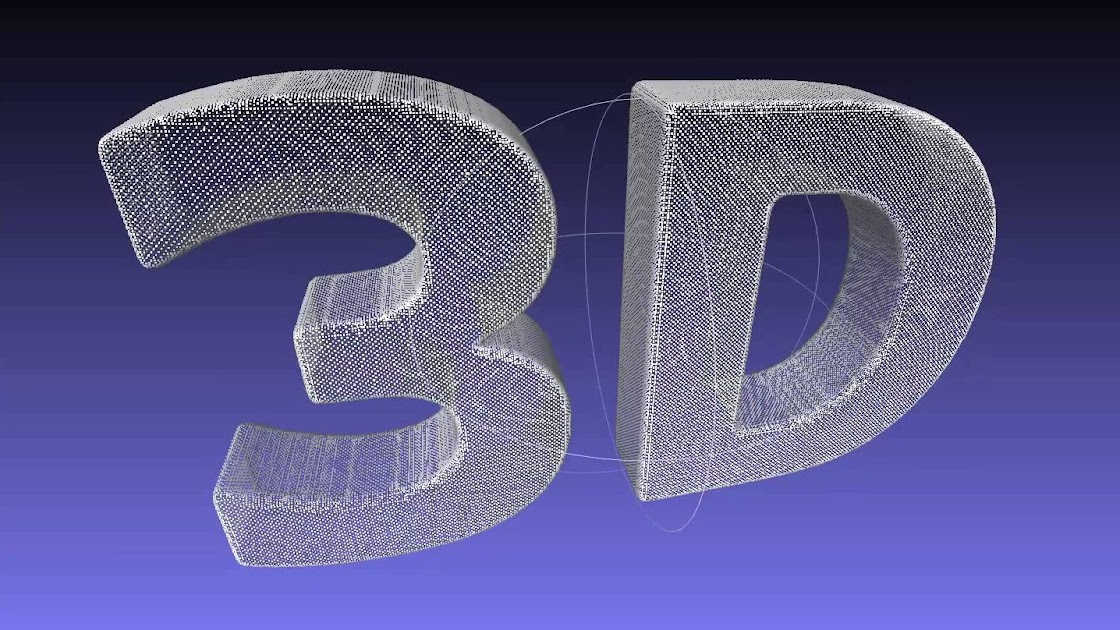 Surely you have heard about the most popular ones like: STL, OBJ, FBX, COLLADA, etc. They are widely used in 3D printing, video games, film, architecture, medicine, construction and education. At the same time, each of the listed areas has its most popular formats, which were formed due to historical or practical reasons. In the article below, we will look at the various file formats of 3D models and dwell in more detail on the 8 most popular today.
Surely you have heard about the most popular ones like: STL, OBJ, FBX, COLLADA, etc. They are widely used in 3D printing, video games, film, architecture, medicine, construction and education. At the same time, each of the listed areas has its most popular formats, which were formed due to historical or practical reasons. In the article below, we will look at the various file formats of 3D models and dwell in more detail on the 8 most popular today.
What is the 3D file format?
The main purpose of a 3D file is to store information about a 3D model in the form of a plain text or binary file. In essence, they encode information about the geometry, appearance, scene, and animation of a 3D model.
The geometry of a model describes its shape. Appearance includes colors, textures, material, etc. A scene refers to the location of light sources, cameras, and peripheral objects. Well, animation characterizes the movement of a 3D model.
However, not all 3D file formats store all of this information.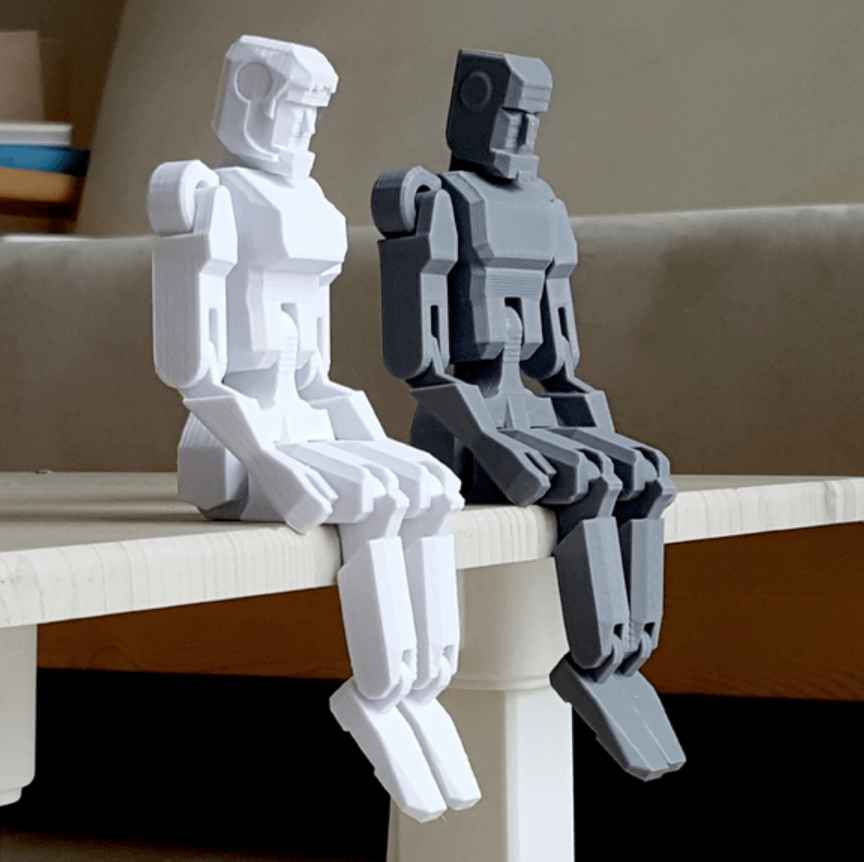 For example, the STL format stores only information about the geometry and ignores the rest of the data. On the other hand, COLLADA stores all this data.
For example, the STL format stores only information about the geometry and ignores the rest of the data. On the other hand, COLLADA stores all this data.
STL and COLLADA are just two of the many formats that are used in practice. Today there are more than 100 3D file formats!
How many 3D file formats are there?
There are hundreds of 3D file formats. Why are there so many? Mainly due to the fact that each developer of CAD software (for example, AutoDesk or Blender) has its own file format optimized specifically for their software. So if you are using AutoCad you will most likely be working with DWG files, and if you are using Blender you will be working with BLEND files.
Native 3D file formats are a problem...
Suppose you are using AutoCad (an AutoDesk product) and your friend is using Blender. And let's say you want to share your 3D model with a friend.
And here it turns out that everything is not as simple as we would like . .. Your AutoCad outputs a DWG file, since this is its "native" format. But Blender (your friend's software) only works with BLEND files. That is, you will not be able to work on the same 3D model together.
.. Your AutoCad outputs a DWG file, since this is its "native" format. But Blender (your friend's software) only works with BLEND files. That is, you will not be able to work on the same 3D model together.
Universal 3D file formats solve the problem
Universal or open source formats are used to solve the compatibility problem. And of course, these formats have become very popular.
The two most popular universal formats are STL (.STL extension) and COLLADA (.DAE extension). They are very widely used to exchange 3D medal data between CAD programs. If you want to share your 3D model, you can convert the DWG file to COLLADA format - this process is called "export". Your friend takes this COLLADA file and imports it into Blender, where the COLLADA file is converted into the native BLEND format. Thus, you can use different CAD programs and still exchange data.
Proprietary and generic formats are the main fork in the world of 3D file formats. To date, most 3D modeling software has the ability to read and write popular universal formats.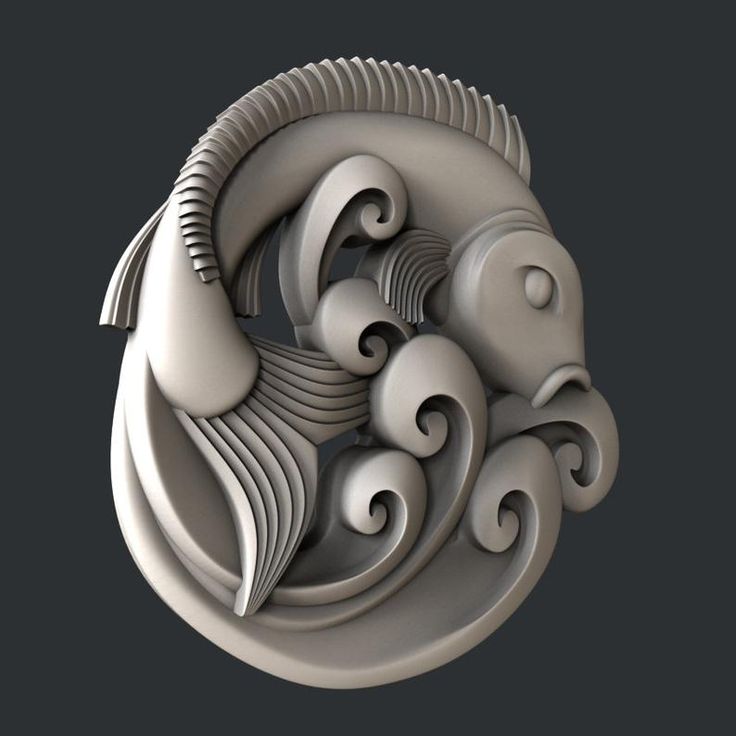 In addition, most programs also support the ability to work with formats from individual vendors that have become so common that they simply cannot be ignored. It is these proprietary and universal formats that we will consider below.
In addition, most programs also support the ability to work with formats from individual vendors that have become so common that they simply cannot be ignored. It is these proprietary and universal formats that we will consider below.
The table below summarizes the 8 most popular 3D file formats and their types.
before the end to the detailed. Let's deal with the important points that will help you choose the right format for your project.
General characteristics of different 3D file formats
We have already mentioned most of the characteristics above.
3D Model Geometry Encoding
Each 3D model has a unique geometry and this geometry encoding is the basis of any 3D model file format.
There are three principal methods for encoding surface geometry, each with its own advantages and disadvantages.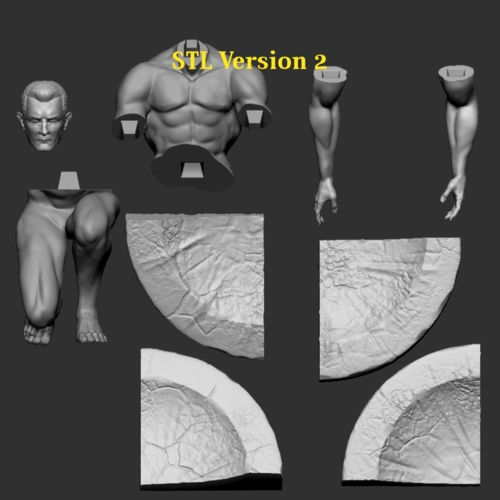 These are approximate mesh, precise mesh, and constructive solid geometry (CSG).
These are approximate mesh, precise mesh, and constructive solid geometry (CSG).
Approximate mesh
During this encoding method, the surface of the 3D model is covered with a mesh of small imaginary polygons. Triangles are the most commonly used. The file saves the vertices and normal vectors to the sides of the triangles. Thanks to this, it is possible to accurately display the surface geometry of a 3D model.
Triangles approximate smooth surface geometry. Hence the name - approximating grid. The smaller the size of the triangles, the better the approximation. At the same time, the smaller the triangles, the more they are needed to cover the surface and, accordingly, more data about vertices and normals is stored in the source file. That is, the better the approximation, the larger the file size of the 3D model.
3D files that use approximation are great for tasks where there are no high requirements for 3D model resolution. Since 3D printers have certain limitations in resolution, it is in them that such 3D files are widely used. The most popular 3D model format for 3D printing - STL - belongs to this type.
Since 3D printers have certain limitations in resolution, it is in them that such 3D files are widely used. The most popular 3D model format for 3D printing - STL - belongs to this type.
Fine mesh
https://all3dp.com/3d-file-format-3d-files-3d-printer-3d-cad-vrml-stl-obj/
Various file formats for 3D printing・Cults
With the development of digital technology, 3D printing has become much more accessible today. Individuals and professionals can have their own equipment and make various print models. All that is required is a good understanding of the basic concepts, especially in relation to the respective file formats. Indeed, depending on the field and for historical or practical reasons, certain file formats are preferred for 3D printing. Here are the most common 3D printing formats and their main characteristics.
STL is short for "Stereolithography", one of the oldest file formats for 3D printing. Developed in the late 1980s, this type of format is still widely used today.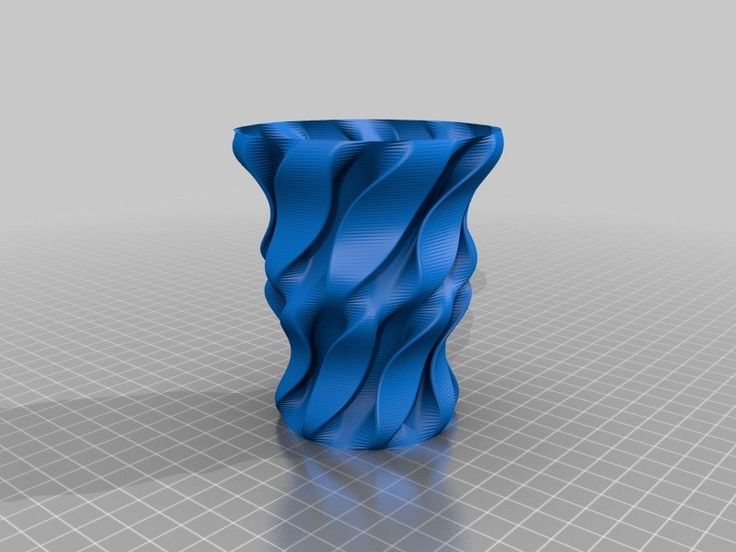 It describes the surface geometry of a 3D object without displaying color, texture, or other attributes. The STL format has the ".STL" extension. These files are generated by computer-aided design (CAD) software. Programs such as FreeCAD, Blender, MeshLab, MeshMixer, SketchUp, SculptGL, and 3DSlash can be used to edit and repair STL files.
It describes the surface geometry of a 3D object without displaying color, texture, or other attributes. The STL format has the ".STL" extension. These files are generated by computer-aided design (CAD) software. Programs such as FreeCAD, Blender, MeshLab, MeshMixer, SketchUp, SculptGL, and 3DSlash can be used to edit and repair STL files.
The STL file simplifies a 3D surface into a "tessellation", a series of small triangles that increase in number when it is necessary to represent and recreate curved surfaces as best as possible. When a large number of triangles need to be used, the size of the 3D model STL file increases rapidly.
The OBJ file format is also very popular in the 3D printing industry. Its extension is ".OBJ". It has the advantage that it also encodes color and texture information, which is stored in a separate file with a ".MTL" extension. OBJ files allow the use of non-triangular faces, with one face adjoining another. They can be opened with programs such as Autodesk Maya 2013, Blender and MeshLab .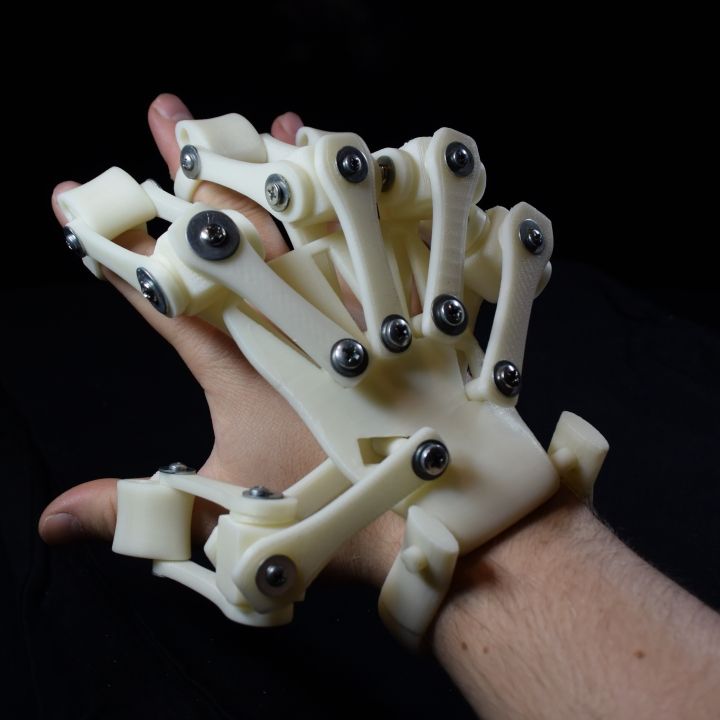
Developed in the 1990s, 3DS is a file format that stores only the most basic information about geometry, appearance, scenes, and animation. It allows you to save properties such as color, material, texture, transmissivity, etc. With the ".3DS" extension, this 3D printing file format also has the advantage that it can be read by most programs on the market, such as 3dsMax, ABViewer, Blender, MeshLab, messiahStudio, Rain Swift 3D, SketchUp, TurboCAD etc.
The SLDPRT file or its .SLDPRT extension is a 3D printing image format used by the SolidWorks CAD software. It contains a 3D object or "part" that can be combined with other parts into a single ".SLDASM" assembly file. SLDPRT files are usually opened with the SolidWorks program. However, they can be viewed using SolidWorks eDrawings Viewer, Autodesk Fusion 360, Adobe Acrobat 3D, Acrobat Pro 9 or later .
The SCAD format (.SCAD extension) is generated by OpenSCAD, a freeware modeling program used for various 2D and 3D projects. The SCAD file can be used to design 3D objects, specifying the object's geometry and positioning information. It can only be opened with OpenSCAD .
The SCAD file can be used to design 3D objects, specifying the object's geometry and positioning information. It can only be opened with OpenSCAD .
The .BLEND format is an extension used for 3D animation and projects designed with Blender's 3D modeling tool. This file type can contain multiple scenes as well as all project elements such as objects, textures, 3D meshes and real-time interaction data, sounds, lighting data, animation keyframes, display layouts, and interface settings. Please note that only Blender can work with this 3D file format.
A 3MF file (.3MF extension) is used by various design programs to save 3D models for printing. This format includes model, material, and property data compressed using ZIP compression. 3MF files also store a print ticket, a thumbnail image, and one or more digital signatures. They can be opened with programs such as Microsoft 3D Builder, Microsoft Paint 3D, Dassault Systemes SolidWorks, Dassault Systemes CATIA, McNeel Rhino, PTC Creo and Ultimaker Cura .
The .GCODE file contains commands that define how the 3D printer should print. It stores instructions such as print speed, set temperature, and where to move print items. This 3D file format is created with cutting software such as Simplify3D and Slic3r. Reading can be done with Simplify3D, as well as Blaze3D, GCode Viewer and NC Viewer.
A .SKP file is a 3D model format created by SketchUp. This takes into account wireframes, textures, shadows, and edge effects. This file type is also used to store components that will be inserted into the document. Of course it can be opened with SketchUp, but also with programs like IMSI TurboCAD Pro or Deluxe, Okino Computer Graphics PolyTrans, ACCA Edificius and Trimble 3D Warehouse .
FBX is a 3D printing file format popular in the film and video game industry. Developed by Kaydara and acquired by AutoDesk, it supports geometry and appearance properties such as color and texture, as well as skeletal animation and morphs.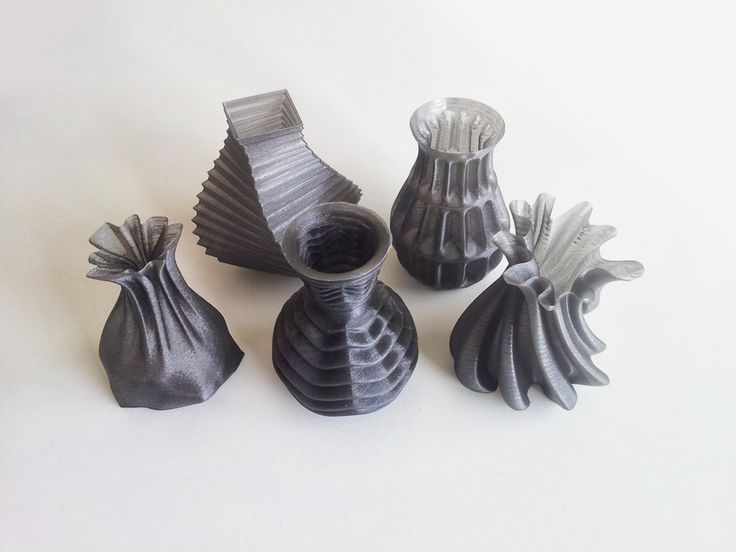 AutoDesk will use the ".FBX" FBX file as an interchange format for its software portfolio such as AutoCAD, Fusion 360, Maya, 3DS Max, etc.
AutoDesk will use the ".FBX" FBX file as an interchange format for its software portfolio such as AutoCAD, Fusion 360, Maya, 3DS Max, etc.
Other file types are not exclusive to 3D, but are regularly used in the field.
A .RAR file is an archive containing one or more compressed files. The compression ratio of this format is greater than that of the classic ZIP compression. It is used to compress files to reduce their size for easier transportation and storage. You can extract files from RAR archive using various unpacking programs such as RARLAB WinRAR, Corel WinZip or B1 Free Archiver .
.DWG files are databases of 2D or 3D models created in AutoCAD. They consist of information about the vector image and metadata that describes the contents of the file. There are many utilities available to open this file format, including: Autodesk Auto CAD, Autodesk Inventor, Autodesk Design, Autodesk DWG, AutoDWG DWGSee, CADSoftTools ABViewer, Canvas X, Adobe Illustrator, Bricsys Bricscad, etc.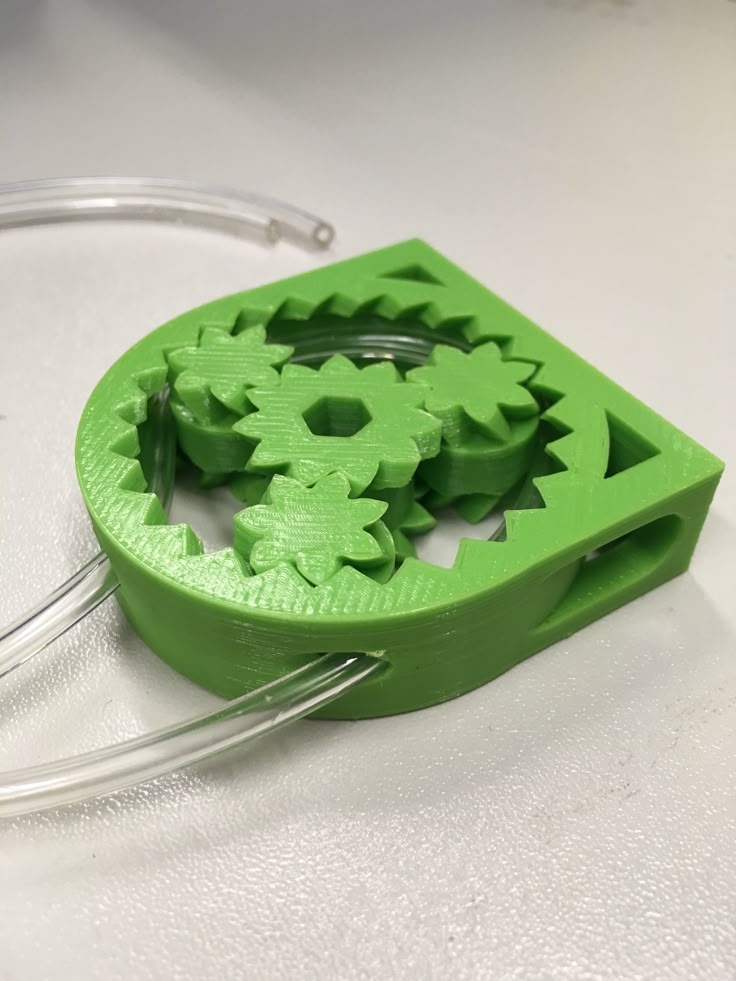
Used in 3D editing programs such as Adobe Photoshop and Autodesk Maya, the .MTL format is used to store material settings. This file is stored along with another in .OBJ format and is used to describe how textures should be applied and the 3D coordinates they should be applied to.
This page has been translated using machine translation. Suggest the best translation
Previous
ShareNext
Similar publications
Since their invention, 3D printers have proven that printing many objects is much more efficient than conventional manufacturing techniques. However, calibration is required for optimal performance when printing 3D parts. Many 3D printer owners find this procedure tedious and time-consuming. However, it is much easier than it seems if you know the right tips on how to do it. Cults3D presents the various steps you need to follow in order to successfully calibrate your printer.
Read more The plate is one of the most important parts of a 3D printer.